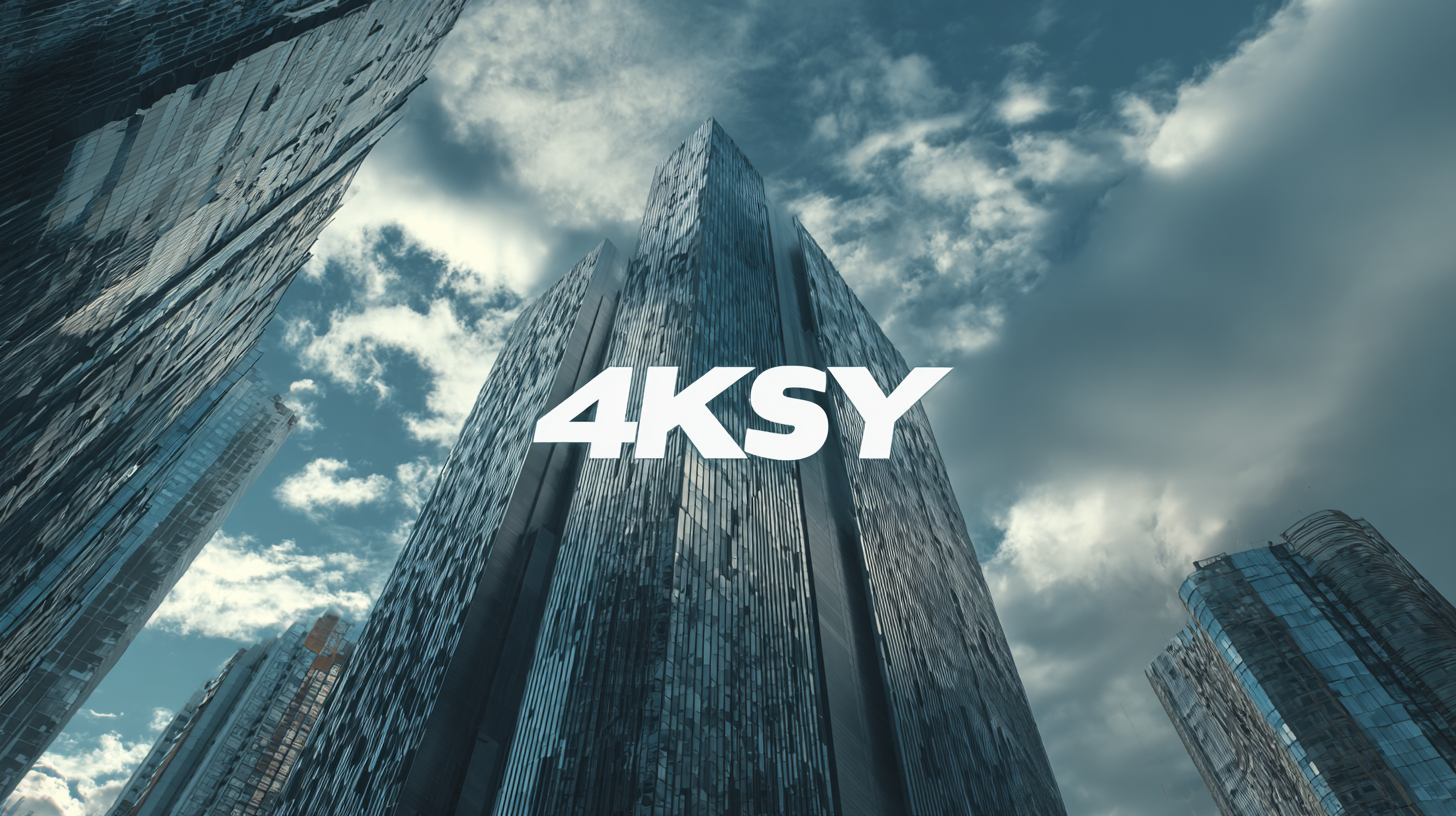
-
Home
-
Product Center
-
Application
-
Support
-
JT Cloud
-
About Us
-
Contact Us
Leave Your Message

As businesses actively seek innovative ways to enhance their operations and aesthetics, the adoption of Artificial Sky solutions is becoming increasingly significant. According to a recent market report by MarketsandMarkets, the global artificial sky market is projected to grow at a CAGR of 12.3% from 2023 to 2028, driven by the rising demand for advanced lighting systems and immersive experience environments.

These solutions not only improve the ambiance of commercial spaces but also contribute to energy efficiency and workplace well-being. In the context of the 2025 technology trends, leveraging Artificial Sky can be a game-changer for businesses looking to create engaging and dynamic environments.
This blog will explore key strategies for selecting the best artificial sky solutions tailored to meet diverse business needs, ensuring optimal integration and functionality in your workspace.
When it comes to selecting the ideal artificial sky solutions for your business, understanding the various types available is crucial. Artificial sky solutions come in a range of options, each tailored to specific needs and environments. For instance, there are LED panels that simulate daylight, perfect for retail spaces where a lively atmosphere can attract customers. These high-quality panels replicate the natural variations in light, providing a sense of openness and well-being in the indoor environment.
Another popular option is the use of projection systems, which can create dynamic and adjustable sky visuals. This type of solution is particularly useful in spaces like offices or healthcare facilities, where mood and ambiance play a significant role in productivity and comfort. Additionally, 3D sky ceilings offer a more immersive experience, allowing businesses to customize their environment to align with branding or thematic elements, transforming any space into a unique and inviting atmosphere. By assessing the specific requirements of your business, you can choose the most suitable artificial sky solution that enhances your space effectively.
When selecting the best artificial sky solutions for your business, the first step is to clearly identify your specific lighting needs. Consider the nature of your business and the activities that will be performed in the space. For instance, a retail store may benefit from bright, vibrant lighting to enhance product visibility, while an office environment might require softer, more diffused lighting to promote comfort and reduce eye strain. Understanding how different lighting conditions influence productivity and customer experience is crucial in this process.
Next, evaluate the technological options available for artificial sky solutions. There are various systems designed to simulate natural light, each with its own unique offerings. Determine whether you need adjustable light levels, color temperature options, or energy-efficient designs. By aligning these technical specifications with your identified business needs, you can find a solution that not only meets aesthetic requirements but also optimizes performance. A thoughtful approach to your lighting strategy will ultimately enhance the overall atmosphere of your workspace and contribute to the success of your business.
This chart illustrates the optimal light performance across different artificial sky solutions for various business needs, including Retail, Office, Warehouse, and Manufacturing environments.
 When selecting artificial sky solutions for your business, evaluating quality standards and certifications is crucial. According to a report by Research and Markets, the global artificial skylight market is projected to reach USD 1.2 billion by 2025, demonstrating a significant growth correlated with increased consumer demand for sustainable and visually appealing environments. Ensuring that products meet specific quality benchmarks, such as ISO 9001 for quality management systems, guarantees that you’re investing in products that uphold rigorous standards in performance and dependability.
When selecting artificial sky solutions for your business, evaluating quality standards and certifications is crucial. According to a report by Research and Markets, the global artificial skylight market is projected to reach USD 1.2 billion by 2025, demonstrating a significant growth correlated with increased consumer demand for sustainable and visually appealing environments. Ensuring that products meet specific quality benchmarks, such as ISO 9001 for quality management systems, guarantees that you’re investing in products that uphold rigorous standards in performance and dependability.
Moreover, certifications such as LEED (Leadership in Energy and Environmental Design) and WELL Building Standard can enhance your business’s credibility. These accolades not only reflect a commitment to sustainability and occupant wellbeing but also potentially reduce energy consumption by up to 30%, according to the U.S. Department of Energy. When choosing artificial sky solutions, prioritizing certified products can lead to long-term benefits, including operational efficiency and improved indoor environmental quality, ultimately fostering a more productive and comfortable atmosphere for your workforce.
Implementing artificial sky solutions in industries comes with a unique set of challenges that businesses must navigate to fully leverage their benefits. One common issue is the integration of complex technologies with existing systems. According to a recent report, nearly 60% of companies cite compatibility as a major barrier when adopting advanced technological solutions. This highlights the need for careful planning and a clear understanding of how these solutions will fit within existing infrastructure.
Another challenge involves training staff to utilize and manage these advanced systems effectively. A study indicates that organizations that invest in comprehensive training programs see a 30% increase in efficiency and adoption rates. Therefore, companies should prioritize creating training modules that align with the functions of artificial sky solutions, ensuring that employees are well-equipped to manage this technology confidently.
**Tips:**
1. Conduct a thorough analysis of current IT systems to identify potential compatibility issues before implementing new technologies.
2. Invest in tailored training programs that address the specific features of the artificial sky solutions being introduced to enhance employee proficiency.
3. Foster a culture of openness to innovation, encouraging feedback that can help refine integration processes and address challenges proactively.
| Industry | Common Challenges | Benefits of Artificial Sky | Recommended Solutions |
|---|---|---|---|
| Agriculture | High installation costs, light spectrum adjustments | Improved plant growth, year-round production | LED grow lights, customizable light spectrum systems |
| Retail | Creating an appealing environment, high energy consumption | Enhanced customer experience, increased sales | Artificial skylights, dynamic light control systems |
| Healthcare | Regulatory compliance, managing patient comfort | Improved patient recovery, light therapy options | Tunable white lighting, circadian rhythm lighting solutions |
| Education | Engagement, distraction management | Enhanced teaching environment, improved student focus | Smart lighting systems, daylight simulation technologies |
| Office Spaces | Employee productivity, energy costs | Boosted morale, reduced absenteeism | Natural light emulators, automated shading systems |
Investing in artificial sky solutions can markedly enhance the ambiance of your business environment, but understanding their cost and benefits is crucial. According to a report by Smith and Associates, businesses that implemented artificial sky ceilings reported a 30% increase in employee productivity and a 25% decrease in absenteeism, thereby justifying the initial investment. The initial installation cost for a sophisticated artificial sky system can range from $20 to $50 per square foot; however, the payback period is often less than two years when considering increased morale and productivity.

Moreover, analyzing the long-term benefits reveals significant savings in energy costs. A study conducted by the Green Building Council found that businesses using artificial light solutions are able to reduce overhead lighting costs by approximately 20%. This efficiency not only assists in cutting costs but also contributes positively to sustainability goals, enhancing the corporate image in an era where environmental responsibility is increasingly valued. Choosing the right artificial sky solution entails carefully weighing these aspects to ensure that the investment aligns with your business objectives while maximizing returns.